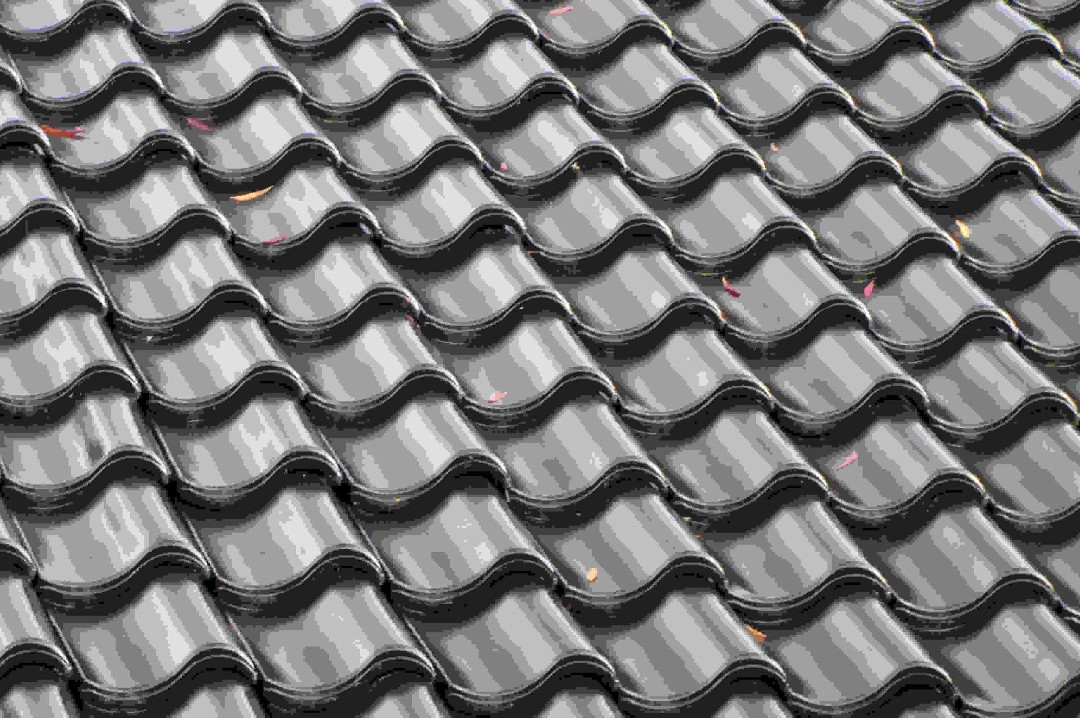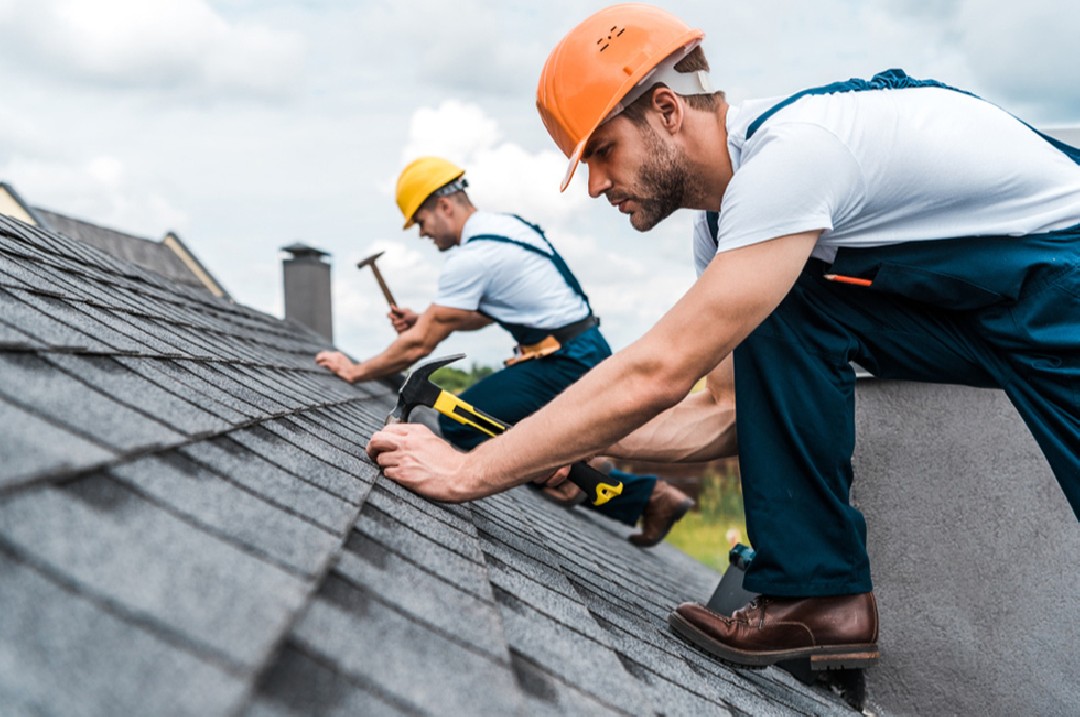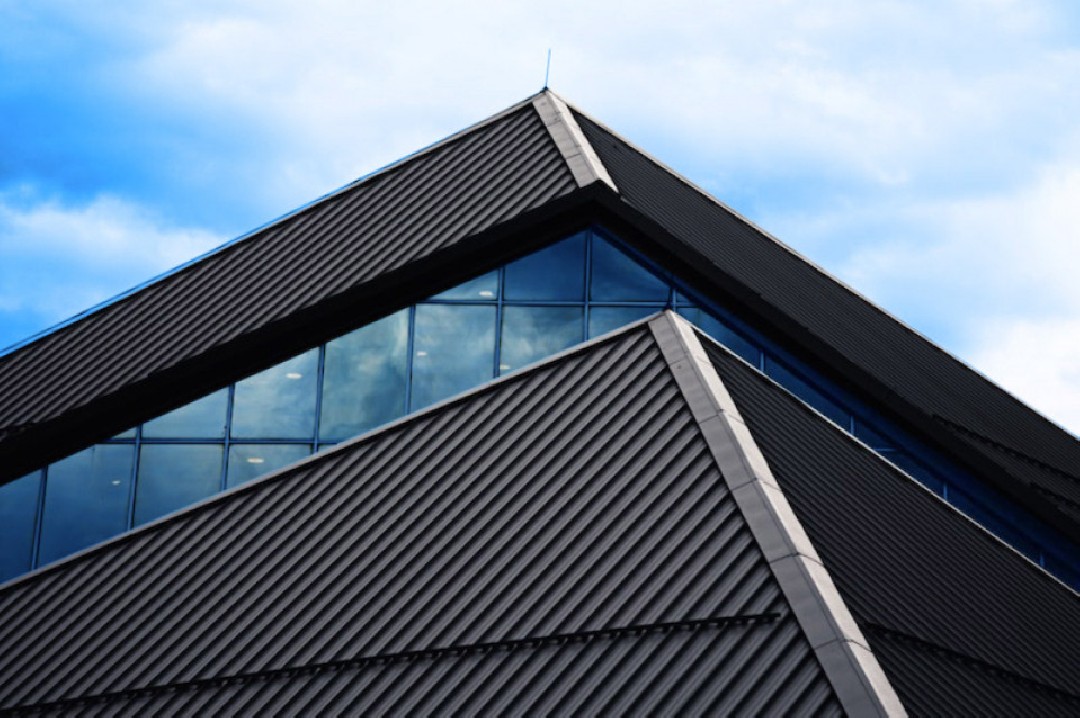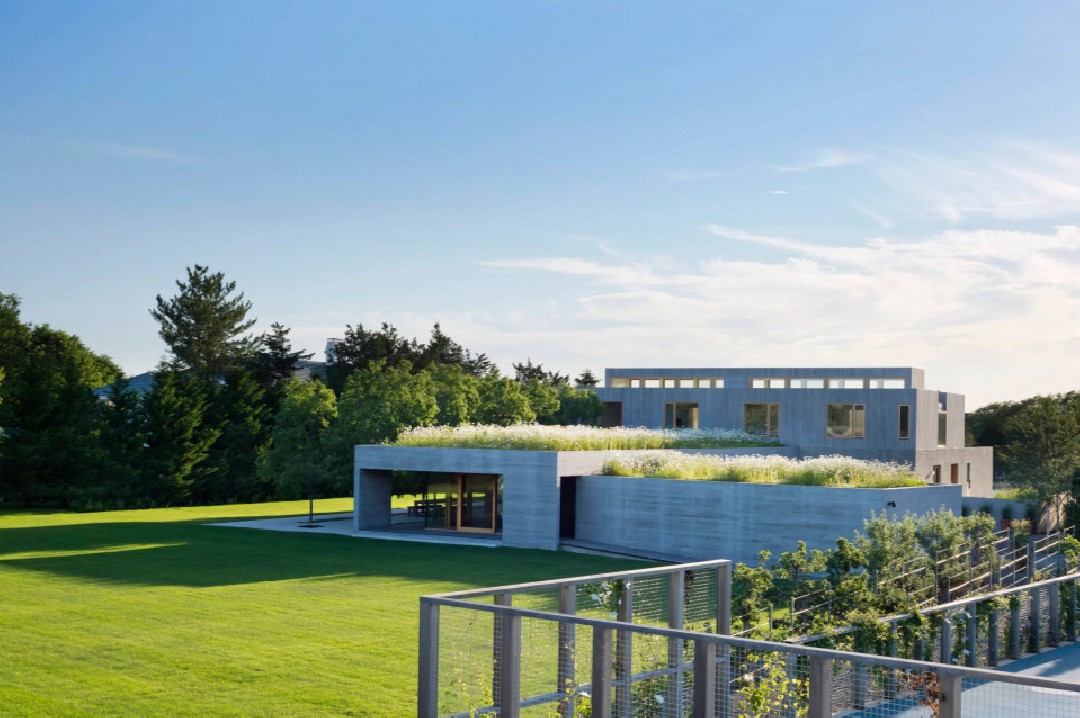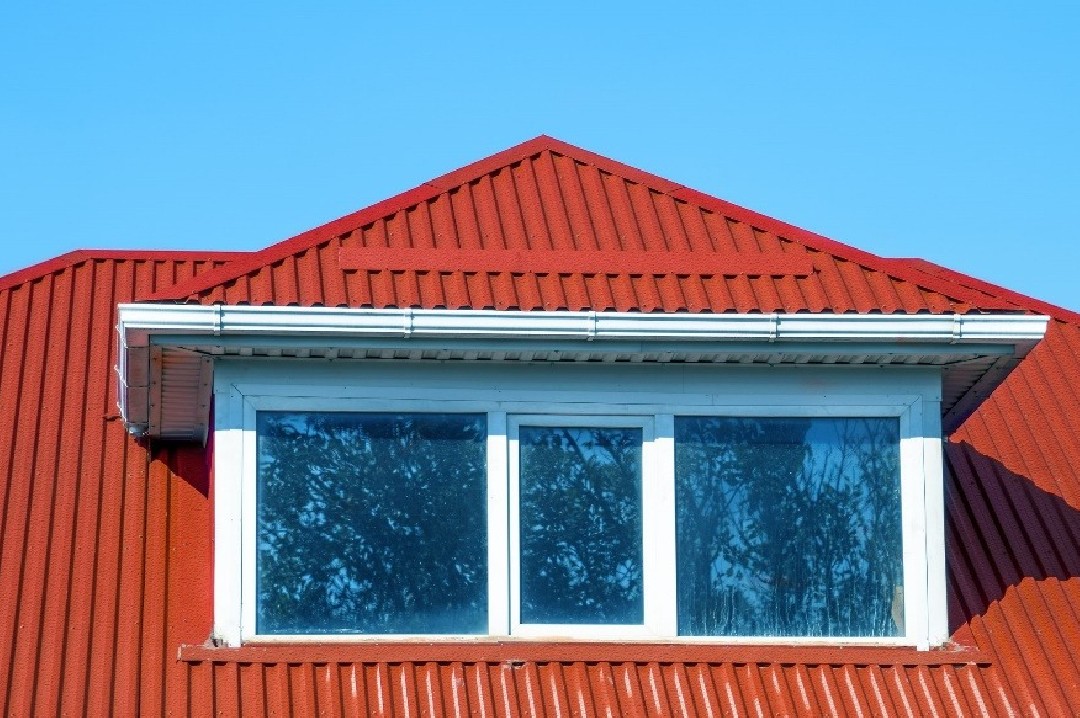Does Moss on a Roof Cause Problems?
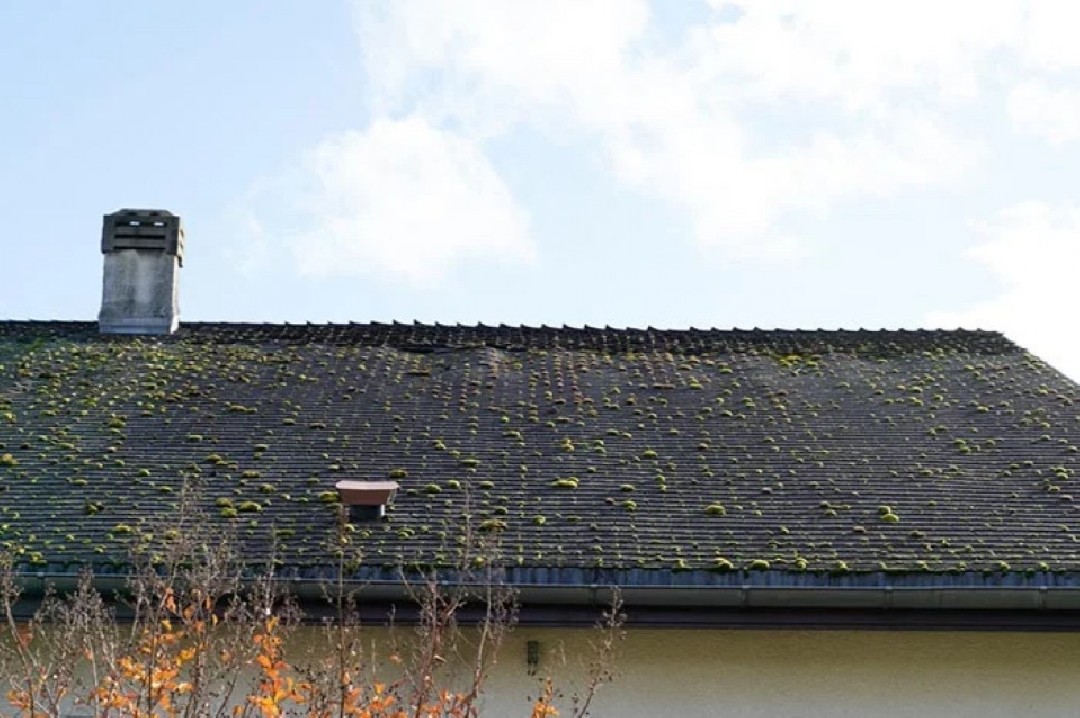
photo source : jnjroofing.net
Moss is a common plant organism that thrives in moist and shaded areas. Moss is frequently seen growing atop rooftops, particularly in areas with a humid climate. While some homeowners may only be concerned with aesthetics when it comes to moss on their roofs, it is important to realize that moss can possibly lead to a number of issues if not controlled. If you are facing moss problems on your roof, it's important you seek help at the earliest. This article examines potential issues brought on by moss growth on roofs and emphasizes the value of adopting precautions.
Common Problems Caused by Moss
- Roof Damage: The potential harm from moss development on roofs is one of the main concerns. Moss has the propensity to adhere to the surface of roofs, especially where moisture collects. As moss expands, it forms a covering that traps moisture and fosters a moist environment. The roof structure might deteriorate and become weaker as a result of this moisture penetrating beneath the shingles or tiles over time. Additionally, moss has the ability to lift and move roofing materials, thereby exposing the underlying layers to water damage.
- Water Retention: Moss operates like a sponge, soaking up and holding onto water. This ability to retain water can result in a number of problems. First off, when moisture is absorbed and held by moss, the weight of the roof grows, potentially putting stress on the underlying structure. This added weight stress may jeopardize the roof's structural integrity and, in extreme circumstances, cause it to sag or even collapse. Second, if moisture is present on the roof for an extended period of time, it may foster the growth of additional creatures like mushrooms and algae, worsening the issue.
- Roof Leaks: Moss growth on a roof can hold moisture, which can permeate through the roofing materials and jeopardize their integrity. This might cause roof leaks, which would let water into the building's interior. Roof leaks can cause a number of issues, including mold and mildew growth as well as water damage to the insulation, walls, and ceiling. These problems put the building's residents' health in danger, in addition to affecting the building's structural integrity.
- Reduced Lifespan of Roofing Materials: Moss can hasten the breakdown of roofing materials, drastically shortening their life. The continual moisture retention brought on by moss growth can hasten the brittleness and degeneration of the shingles or tiles. The roofing materials' integrity deteriorates over time, making them more vulnerable to environmental influences including wind, rain, and UV radiation. As a result, the roof could need to be replaced or repaired sooner than expected, costing the homeowner more money.
- Aesthetic Concerns: Although it might seem less important than structural damage, the presence of moss on a roof can negatively affect a building's curb appeal. A property's value may be lowered by a moss-covered roof's look of being uncared for and unkempt. Moss can also spread and grow on other outdoor surfaces, like walls and driveways, which further detracts from the aesthetic appeal.
Preventive Measures and Maintenance
- Trim Overhanging Branches: Moss likes to grow in dark regions, and overhanging branches can make these areas more shaded and moist by obstructing sunlight. Trim branches that hang over the roof on a regular basis to increase sunshine and airflow and prevent moss growth.
- Ensure Proper Roof Drainage: Moss flourishes in regions with heavy moisture, so make sure your roof has proper drainage. To prevent water from collecting on the surface of the roof, make sure that your roof has enough slope, effective gutters, and downspouts. Less favorable conditions for moss growth are reduced with the aid of good drainage.
- Keep the Roof Clean: Routinely sweep your roof to get rid of any natural debris, such as leaves and twigs, that could create a favorable environment for the growth of moss. Debris buildup can trap moisture and promote the development of moss.
- Install Zinc or Copper Strips: These materials naturally prevent the formation of moss and algae. Think about putting these metal strips along the slope of your roof. When it rains, water flows over the strips, washing traces of the metal off the roof and avoiding the growth of moss.
- Apply Moss Control Treatments: Several moss control treatments, such as liquid sprays and granules, are available on the market. These treatments use chemicals to eliminate existing moss and stop further growth.
- Regular Roof Inspections: Conduct routine roof inspections to look for any indications of moss development or damage. Early detection enables you to take immediate action to stop the growth of moss and swiftly take care of any underlying problems.
- Professional Roof Cleaning: A professional roof cleaning service can be required if moss growth gets out of hand or is challenging to manage. These experts can safely remove moss without harming the roof because they have the knowledge, tools, and eco-friendly cleaning agents necessary.
There are a number of issues that homeowners should be aware of when there is moss development on a roof. Although moss could at first seem innocuous and even give a rustic character to a home, its presence might eventually result in serious problems. The detrimental effects of moss on a roof can be reduced by routine cleaning and maintenance.

